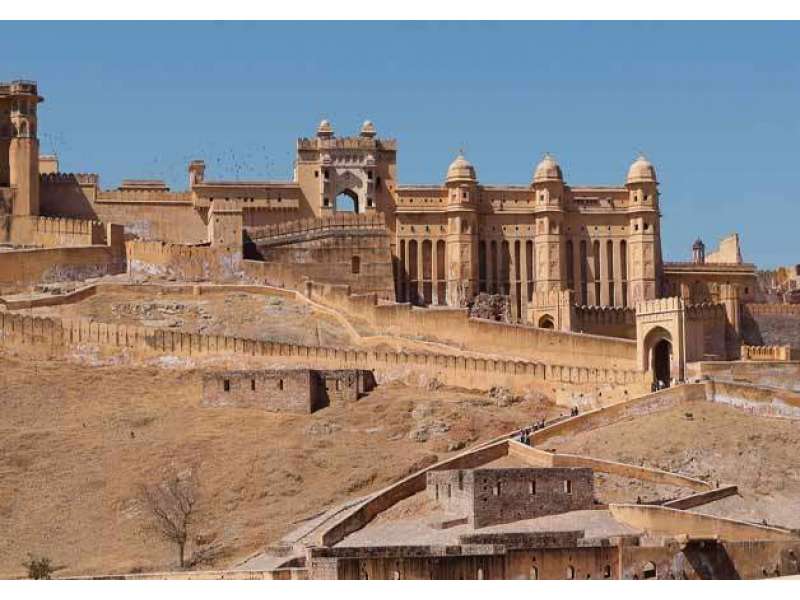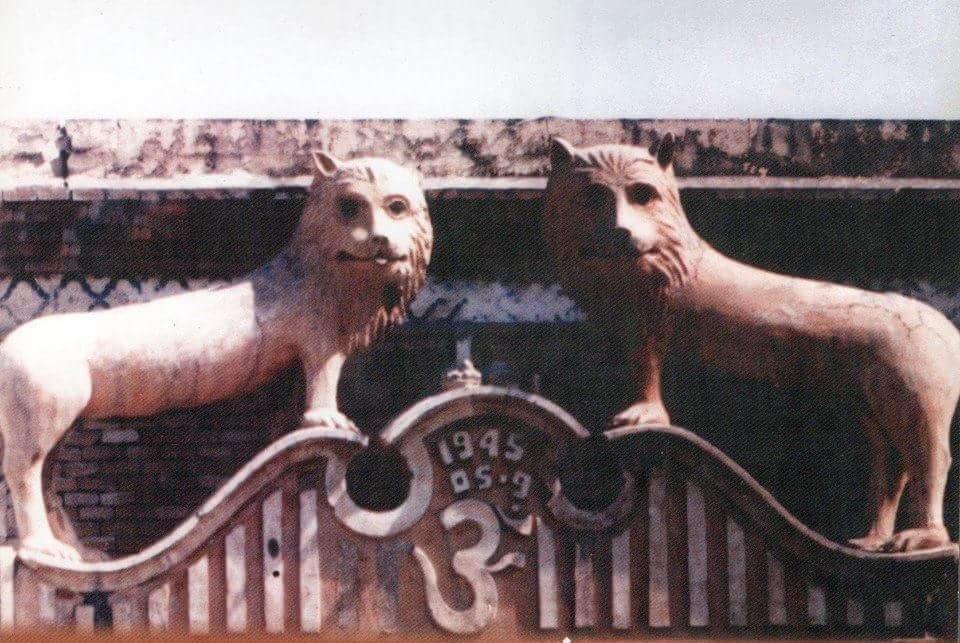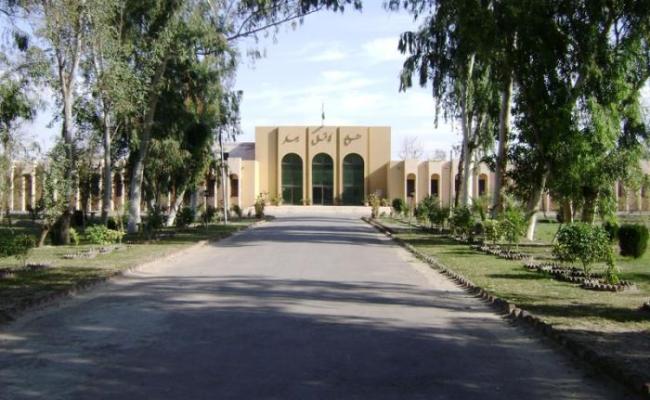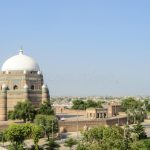Bhakkar region was an agricultural region with forests during the Indus Valley Civilization. The Vedic period is characterized by Indo-Aryan culture that invaded Central Asia and settled in the Punjab region. The Kambojas, Daradas, Kaikayas, Madras, Pauravas, Yaudheyas, Malavas and Kurus invaded, occupied and ruled the ancient Punjab region. After overrunning the Achaemenid Empire in 331 BCE, Alexander marched into the present-day Punjab region with an army of 50,000. The Chiniot region was ruled by Maurya Empire, Indo-Greek kingdom, Kushan Empire, Gupta Empire, White Huns, Kushano-Hephthalities and Shahi Kingdoms. In 997 CE, Sultan Mahmud Ghaznavi took over the Ghaznavid dynasty empire established by his father, Sultan Sebuktegin; 1005 he conquered the Shahis in Kabul in 1005 and followed by the conquests of the Punjab region. The Delhi Sultanate and later Mughal Empire ruled the region. The Punjab region became predominantly Muslim due to missionary Sufi saints whose dargahs dot the landscape of the Punjab region. The town has some historical places like Dilkusha Bagh, which is believed to be a Mughal-era garden and is attached to Humayun, but historical facts do not verify it. Humayun never came here. On his retreat to Iran, he went to another Bakhar in Sindh to seek help from Mahmood Khan. But this path or route taken was rejected by Major Henry Raverty as the possible retreat of Humayun. The old town was walled and had gates such as Tavela gate and Imamanwala gate. The only remaining gate Jinnah Gate (formerly King Gate) was built in the British period in the name of Mr. King the then Deputy Commissioner. There are remains of a handera (tomb) near Sheikh Raoo Bridge, which is believed to be the burial place of Bakhar Khan, the city’s founder. The present police station was originally a Baloch fortress. Some 30 years ago, a branch of the River Indus flowed past the town. The West side of the town was green and pleasant.This is a very scarce silver coin belonging to the reign of Nadir Shah 1148-1160 AH (1735-1747 AD) from the Afsharid dynasty, it is an Indian type minted during his occupation of the area. It is listed by type as Album #2744.2 (Type D). It weighs 11.3 gr. (18 mm.) and minted in the city of Bhakkar in the state of Punjab in India, dated 1157 AH.After the decline of the Mughal Empire, the Sikh Empire invaded and occupied the Bhakkar district. The Muslims faced restrictions during the Sikh rule. The British took over Bhakkar District in 1848. During British rule, the district was a Tehsil of Mianwali District. According to the 1891 census of India, the population was 119,219, which had risen to 125,803 at the 1901 census. In addition to the headquarters Bhakkar (population, 5,312), the tehsil contained 196 villages. The land revenue and cesses amounted in 1903-4 to Rs 1.7 lakhs. Mankera and Muhammad Rajan are places of interest, the latter of which is the shrine of Pir Muhammad Rajan, who died there on a pilgrimage. The predominantly Muslim population supported Muslim League and Pakistan Movement. After the independence of Pakistan in 1947, a minority of Hindus & Sikhs migrated to India while the Muslim refugees from India settled in the Bhakkar District. The main city centre consists of Mandi Town, King gate (markets and shopping centres), Chimni Muhalla (the oldest area in Bhakkar city), Iron Market, Gulshan-e-Madina Town, Officers Colony, Iqbal Town (old name Housing scheme 1), Canal Avenue, new developed Green Town, Dhandla Muhalla, Gadola, and Aalam Abad. The adjacent city area Mandi Town is the city’s developed area with entire facilities. The population of the city area mostly speaks Saraiki, Urdu and Punjabi. Business in the city is a major source of income for the population, and most business activities are connected with the capital of Punjab, Lahore.
Places to Visit
Mankera Fort

Dilkusha Bagh

Dilkusha Bagh is believed by some to be a Mughal garden built by Humayun, but historical facts do not verify it. Humayun never visited the area, on his retreat to Iran, he went to another place called Bakhar (in Sindh) to seek help from Mahmood Khan, which was however denied by historian Henry Raverty. This garden is ruined now and no signs of history are present, only stories about the garden can be heard around.
Temple of Lions

sherThe temple was built in 1945 with two lines which were on the door. Located in Mohalla Malikan Wala, Bhakkar, these lions had diamond in eyes before 1947 and were destroyed. Now these lions are not there.


